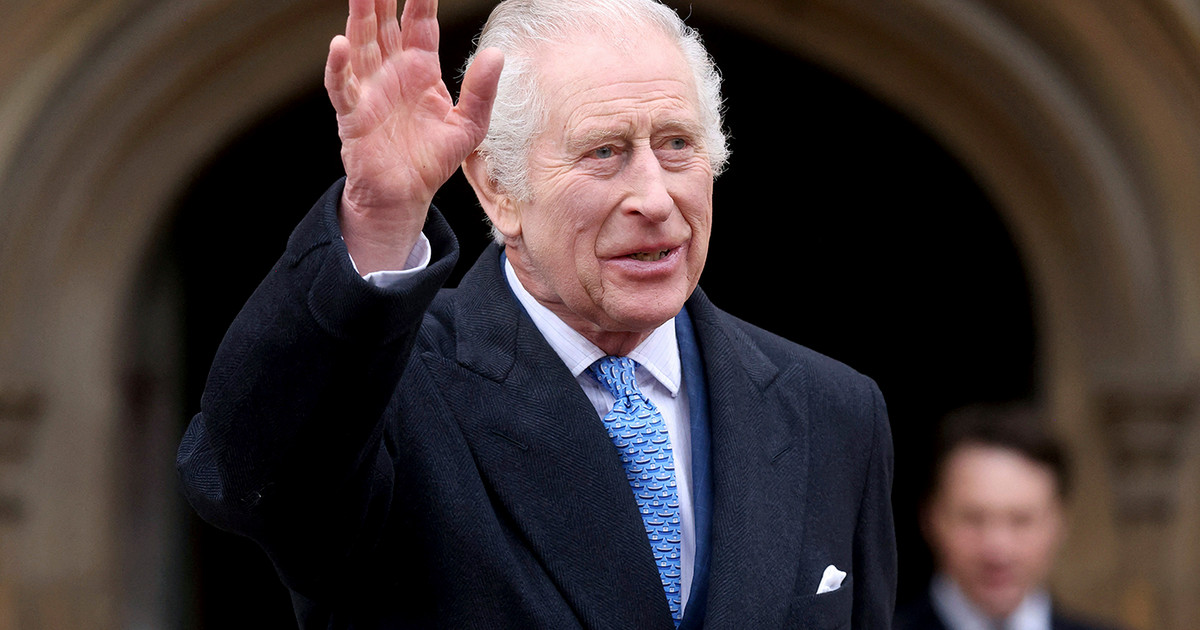What are the clothing items, events, fashion shows or fashion press campaigns that have perfectly reflected, and supported, the major social changes? John Galliano was and continues to be one of the God from the machine of fashion innovation, starting from the messages brought to the catwalk.
Right from the start, critics have defined him as the “wild child of British fashion”: his fashion shows have always brought with them a great theatrical emphasis, guardian of a critical perspective on reality. His collection is one of the most talked about shows ever Haute Couture Spring / Summer 2000 for Dior, which shocked public opinion because of the theme addressed by the designer: the representation of the Parisian homeless.
A romantic and filtered vision of reality, that of John Galliano, with whom he nevertheless wanted to bring to everyone’s attention a social problem in the face of which, often, we turn the other way.
At the risk of being misunderstood by the interested parties themselves – what actually happened, leading homeless people and activists to demonstrate in front of the Dior boutique on Avenue Montaigne – John Galliano created a collection classy tramp, using unusual materials such as old newspapers, wire hooks and other everyday objects.
Getty Images
Daniel SIMONThe suggestions come directly from the mornings when the designer went for a run along the Seine, when he met homeless Parisians along the road, and enclosed in a collection that could tell them, bringing out all the contradictions of a city where pomp can be admired at every corner. A test of creative audacity, with which the designer wanted to pay homage to the stories and the everyday life of those who are cornered by society: between torn linings, reverse labels and rags raised to sculptural couture details, regardless of the message conveyed by the collection, John Galliano took the opportunity to bring a good – and further – dose of disruption to his fashion vision. However, as might be expected, the international press shared clear and contrasting opinions on the Haute Couture show.
Getty Images
JEAN-PIERRE MULLER“Sure, it’s hard to imagine a high-fashion shopper shelling out $ 25,000 for a dress just to look like a tramp,” noted The Times’ Cathy Horyn, while Le Monde wryly commented with an exhortation to put a penny “in the cup of can of Dior ». One of the most relevant opinions, however, was that of the New York Times which, contextualizing the fashion show from a broader point of view, provocatively asked whether it was worse “a designer who wants to look at the homeless as aesthetic objects, or a mayor of New York who doesn’t want to look at them at all. ” John Galliano’s fashion show for Dior was indeed an affront, but not only towards those who do not want to see the harsh social reality: rather, to all those who think about designers as visionaries totally disconnected from the outside world.
Other stories of Vanity Fair that may interest you:
– Vivienne Westwood, Café Society and the liberation of female sexuality
– The story of April Ashley, the first trans model
– Alexander McQueen, Voss and mental health
.
Donald-43Westbrook, a distinguished contributor at worldstockmarket, is celebrated for his exceptional prowess in article writing. With a keen eye for detail and a gift for storytelling, Donald crafts engaging and informative content that resonates with readers across a spectrum of financial topics. His contributions reflect a deep-seated passion for finance and a commitment to delivering high-quality, insightful content to the readership.






